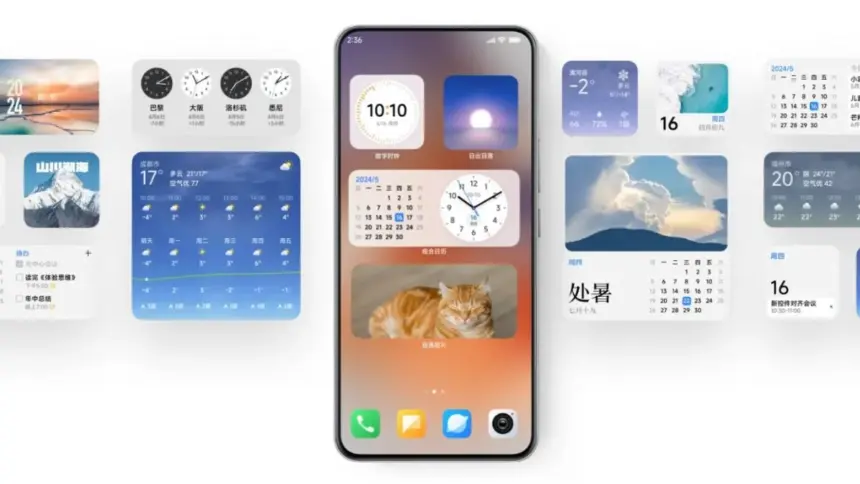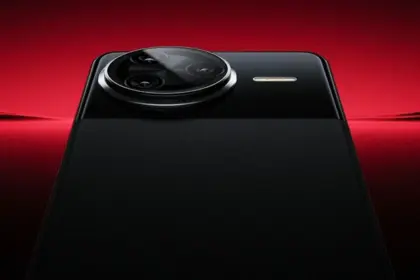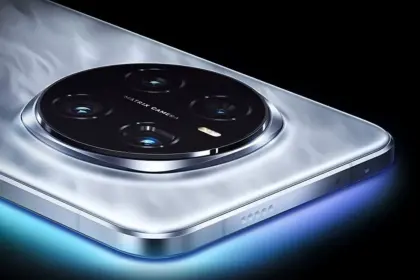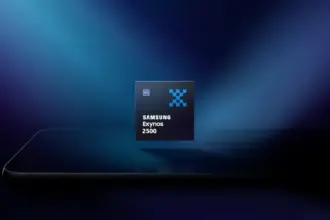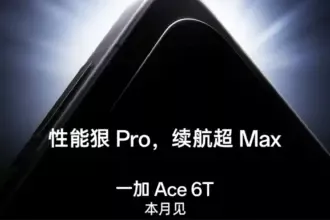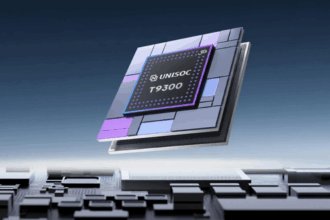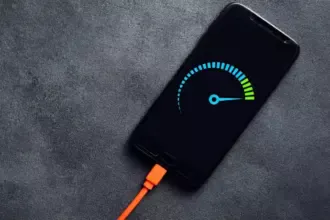In order to improve the user experience across all smartphones, tablets, TVs, and wearables, Xiaomi’s HyperOS 2.0 completely upgrades the ecosystem. With an emphasis on performance, storage management, energy efficiency, and the integration of high-order AI capabilities, it is based on the foundation created in HyperOS 1.0. This is a thorough examination of HyperOS 2.0’s enhancements and new features.
- 1. Heterogeneous Computing Technology
- 2. New Storage Management 2.0
- 3. Cascade Bandwidth Technology
- 4. Micro-Architecture Scheduler Designed by Self-Taught
- 5.United Ecosystem Experience
- 6. Improved AI and Personalization
- 7. Improve notification management
- 8. Fingerprint Unlock Customizations
- 9. Newly Designed Control Centers
- 10. Smoother Animations of Application Launch
- 11. Dynamic Control Center Animation
- 12. HyperCore Kernel
- 13. Battery Monitoring and Health Tracking Cycle Count and Health Check
- 14. Enhanced Animation of Charging
- 15. Dynamic Island Interface
- 16. Better Wi-Fi Transfer of Devices
- 17. Mi Transfer Security Update
- 18. Extra RAM increased to 16 GB, minimum now 6 GB
- 19. Redesigned Settings Menu
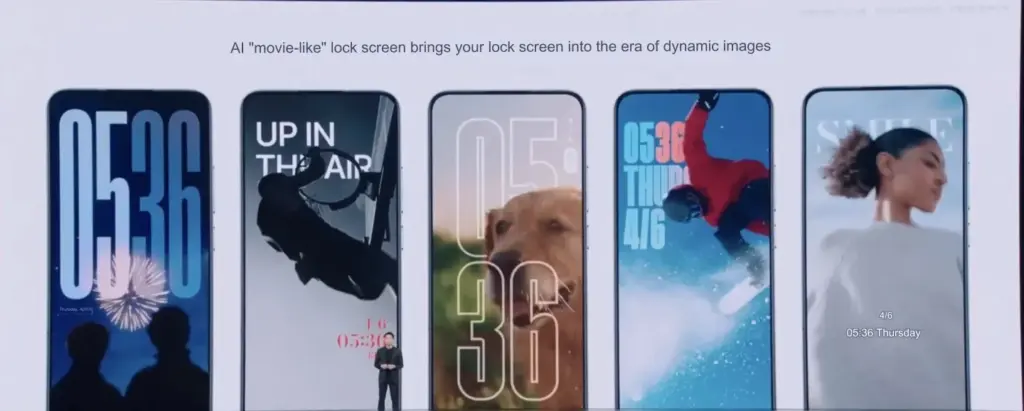
1. Heterogeneous Computing Technology
- Seamless resource sharing: HyperOS 2.0 is based on heterogeneous computing technology; it shares a tremendous amount of tasks across different resources. This system greatly enhances visual experiences by granting smoother animations and faster processing of images.
- Better UI Rendering: Natural gradient blur is 12 times smoother, hence enabling faster and more engaging UI transitions.
2. New Storage Management 2.0
Smart Data Processing: The latest storage management system has defragmented memory for seamless app start-ups, which means multitasking can be well handled. The feature assures smoother performance and effective memory usage across the Xiaomi ecosystem.
3. Cascade Bandwidth Technology
Dynamic Network Management: Cascade Bandwidth Technology is unveiled with the release of HyperOS 2.0, dynamically distributing network resources based on real-time application requirements. This greatly increases the speed of data transmission and reduces latency for resource-heavy activities, like gaming or video streaming.
4. Micro-Architecture Scheduler Designed by Self-Taught
Dynamic Resource Allocation between CPU and GPU: Implemented is a new scheduler for the best balance of power and performance, especially when resource-intensive applications like serious gaming are involved. It controls battery life while offering the best possible smooth user experience.
5.United Ecosystem Experience
It has been noted that Xiaomi has managed to create more consistency within the ecosystem, such that now Xiaomi TVs, tablets, and smartwatches communicate better in harmony with their smartphones. This unity yields a more cohesive and integrated user experience across Xiaomi’s product breadth.
6. Improved AI and Personalization
AI-Powered Lock Screen: Dynamic video-based clock settings on the lock screen are unique features of the phone, making it personalized with outlooks.
- Generation of Smart Wallpapers: Facility for specifying user preferences to generate a wallpaper that provides an individual look and feel for each device.
- Productivity Tools: Smooth out daily tasks with AI boosted writing and translation, recording of memos including:
- AI Writing: More coherent, more concise writing with advanced linguistic assistance.
- AI Translation: Accurate, multi-target-lingual translation; ideal for international communication.
- AI Memo Recording: Transcription and recording capabilities in a short amount of time; great for business meetings or brainstorming.
7. Improve notification management
Return of ‘Unimportant Notifications:’ This feature, which was earlier a part of the MIUI, is back to bless the HyperOS 2.0. It automatically categorizes notifications, prioritizing important alerts and keeping the notification panel tidy.
8. Fingerprint Unlock Customizations
In addition to selecting one of many unlock animations, users can add a little bit of personal flair to the way they unlock their phones.
9. Newly Designed Control Centers
- Sound Panel: Redesigned now, it takes inspiration from the minimalist visuals introduced with Android 15 for a seamlessly simplified volume adjustment experience of the different audio channels.
- Brightness Adjustment Panel: Borrowed from iOS 18 is a centrally-placed gradient slider in the brightness panel, marrying functionality and aesthetics.
10. Smoother Animations of Application Launch
HyperOS 2.0 polishes the transitions of app launches, making them more interactive and even using blur effects to add depth, while really immersing the user in the process of opening an application.
11. Dynamic Control Center Animation
Control Center has dynamic animations, making the operating system fluid and, therefore, more engaging to interact with.
12. HyperCore Kernel
- Performance and Battery Optimization: It is a custom kernel, HyperCore, that effectively optimizes the performance and energy efficiency of the whole system for extended battery life even when put under rigorous usage.
- Improved Graphics Pipeline: The redesigned core for visual perfection, HyperCore provides a revolutionary enhancement in graphics over gaming, video playback, or simple usage, offering a sharp visual experience.
- Network Communication Improvements: There’s the HyperCore from Xiaomi, improving data connectivity over Wi-Fi, 5G, and Bluetooth for the user.
13. Battery Monitoring and Health Tracking Cycle Count and Health Check
With HyperOS 2.0, a great level of detail is introduced in tracking battery health, offering data about charge cycles and insights on long-term battery health for users.
14. Enhanced Animation of Charging
The Charging Animation now has modern looks to make this aspect of the user interface even better.
15. Dynamic Island Interface
Smaller and practical, HyperOS 2.0’s Dynamic Island draws inspiration directly from iOS, thus allowing users to interact with notifications and apps more seamlessly.
16. Better Wi-Fi Transfer of Devices
With HyperOS 2.0, users can effortlessly share password-protected Wi-Fi, besides improving connectivity across Xiaomi devices.
17. Mi Transfer Security Update
It automatically entered “Same Account Devices Only” mode, limiting file sharing with devices under the same account to increase data security.
18. Extra RAM increased to 16 GB, minimum now 6 GB
The Extra RAM feature using memory will now work between 6-16 GB RAM instead of 4-12.
19. Redesigned Settings Menu
The style of the Settings menu has changed to the tiles style that will come with Android 15 QPR1. A colorful animation has also been added to the about phone section.
As far as improved user interaction and system functionality go hand in hand with intense artificial intelligence, improved performance, and consistency in terms of ecosystem experience, this is not an advancement of Xiaomi’s HyperOS 2.0. With features that derive from Xiaomi’s drive to combine cutting-edge technology with customer feedback, this update closes the gap between hardware and software within the Xiaomi ecosystem.

